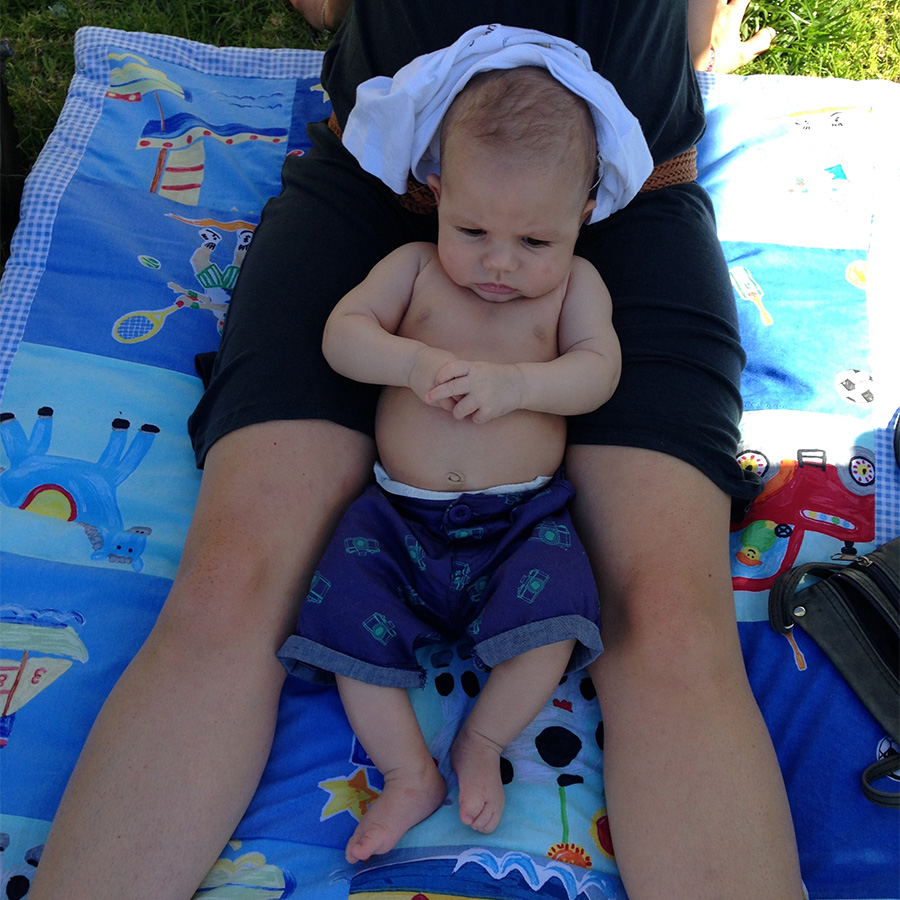
When I fell pregnant, I was in pretty good physical condition. I walked 5kms daily, practiced yoga, ate really well throughout my entire pregnancy, and as far as pregnancies go, I’d say I had a good one. After my baby arrived I expected that I would bounce back within a few weeks and be able to start exercising again without any issues.
My body had taken quite a knock from carrying a 4.1kg baby to 42 weeks, being in labour for 36 hours and then having a c-section, so I expected that it may take a little longer than usual to get back to normal again, but I really didn’t realize just how long that would be.
After 4 months, I was still feeling awful, my back ached, my feet hurt, my shoulders cramped, I honestly felt like I had arthritis in every bone of my body. I also still looked like I was 5 months pregnant, with a big flabby ‘mummy tummy’ and was just feeling completely depressed about the state of my body.
Thankfully, I found Denise from Core Restore, an expert in pre and post natal pilates and holistic healing, and a Mom herself, she helped me to understand why I was feeling and looking the way I did and what I could do to improve my condition. I recently met up with Denise and we had a chat about a common post-natal condition known as Diastasis Recti and a couple things you can do to get your body on the road to recovery.
Visit Denise’s YouTube channel to watch her video on how to check for Diastasis Recti in the comfort of your own home. If you have any questions for Denise, please feel free to post them below, and I’ll be sure to follow up with her or perhaps make another video on the topic.

